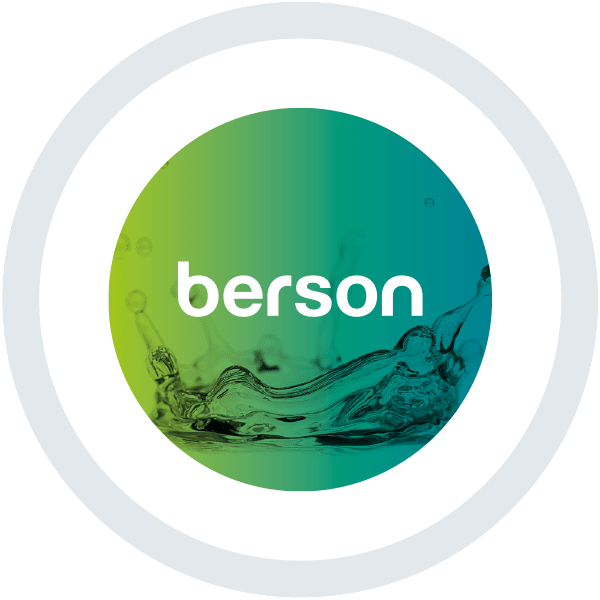How UV technology can minimize membrane biofouling

The use of membrane technology is common practice within the food, beverage and pharmaceutical industries. Membrane systems play an important role in purifying water, ingredient water, water reuse and recycling. While these systems are very reliable and produce consistent results, correct maintenance and monitoring of the membranes is essential to ensure optimal results. Membrane biofouling can cause many issues and it is critical that system monitoring is performed and pre-treatment technologies are applied to mitigate them before they have an impact on a customer’s process downstream.
A comprehensive article entitled “Biofouling of Water Treatment Membranes: A Review of the Underlying Causes, Monitoring Techniques and Control Measures” published in the 2012 Membranes journal discusses this problem in more detail and notes that biofouling can result in the following issues:
• Reduction in membrane flux
• Higher feed and differential pressure may be required to maintain the same performance as non-fouled membranes
• Membrane degradation and membrane lifetime can suffer
• Reduced quality and consistency of the water passing through the membranes
• Higher energy and higher pressures may be required to overcome the flux decline
According to the article, nearly 50% of membrane fouling issues in nanofiltration and reverse osmosis systems are in part caused by biofouling.
There are quite a lot of factors that influence how well organisms will adhere to a specific membrane, as can be seen in the table below:

To mitigate the risk of membrane biofouling, correct system monitoring is required. Some of the parameters that must be monitored include:
• ATP testing or microbial plating of the water and/or membrane surfaces
• TOC content of the water
• Pressure changes
• Salt concentrations post-filtration
Monitoring these parameters will improve early detection of membrane biofouling. Many food, beverage, and pharmaceutical facilities also implement pre-treatment technology that operates before the membrane systems. These help to minimize the bioburden, which in turn lessens the frequency and severity of membrane biofouling. Common pretreatment technologies include:
• Chlorination
• Ozonation
• UV disinfection
While both chlorination and ozonation are effective pretreatment techniques, residual chlorine and ozone must be removed from the water before it comes into contact with the membranes. Although many membranes now offer much greater chlorine resistance, oxidizers such as chlorine will still slowly degrade the membrane surface. In addition, chlorine and ozone are both known to create byproducts that may be unwanted in the downstream process. This is especially true of water that is used as an ingredient. Within the bottled water industry, ozone is often a concern due to the formation of bromates. When chlorination is used, byproducts may include NDMA, THM’s, and HAA’s, which are all suspected carcinogens and unwanted, particularly in the beverage industry.
In the case of UV disinfection, compounds such as NDMA, THM’s, HAA’s and bromates are not a concern. Because UV uses irradiation instead of oxidation as its means of disinfection it does not create these byproducts. Also, unlike with ozone and chlorine technology, since there is no oxidative residual with UV disinfection, there is no negative impact to the polymeric surface of the membranes. In addition to these benefits, UV is a low maintenance solution that offers online system performance monitoring. This provides additional reassurance that the system is performing correctly. As a result, UV disinfection is seen as the most effective pre-treatment solution for minimizing the issue of membrane biofouling.
By Brian Grochowski
A full copy of the article “Biofouling of Water Treatment Membranes: A Review of the Underlying Causes, Monitoring Techniques and Control Measures” can be found at:
Join our webinar on the 23rd May focused on ‘Dechlorination using UV Light’..Click here to register!









